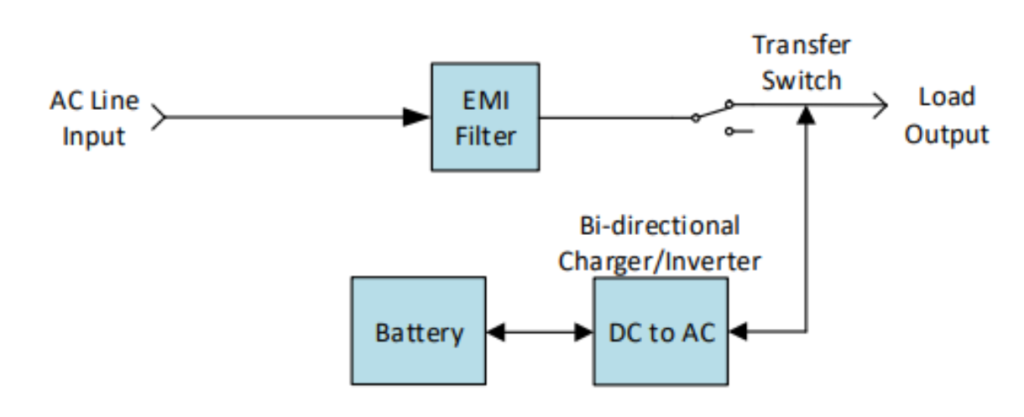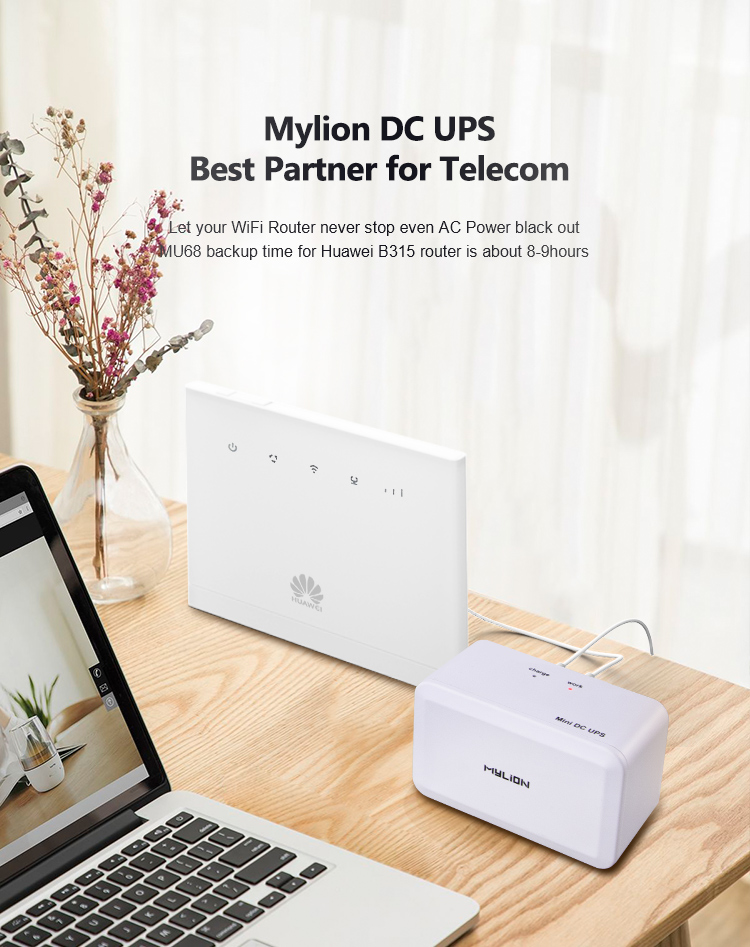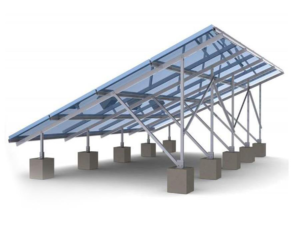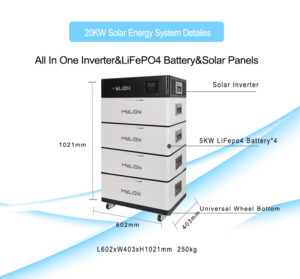UPS (Uninterruptible Power Supply) is an uninterruptible power supply with an energy storage device. It is mainly used to provide uninterrupted power supply to some devices that require high power stability.
When the mains input is normal, the UPS will stabilize the mains and supply it to the load. At this time, the UPS is an AC voltage stabilizer, and it also charges the battery inside the machine; when the mains is interrupted (accidental power failure) Time. The UPS immediately transfers the DC power of the battery to the load by switching and converting the inverter to continue to supply 220V AC power to the load, so that the load can maintain normal operation and protect the software and hardware of the load from damage. UPS devices usually provide protection against over voltage or under voltage.
An uninterruptible power supply (UPS) is a system equipment that connects batteries (mostly lead-acid maintenance-free batteries) with the host, and converts DC power into commercial power through modular circuits such as the host inverter. It is mainly used to provide a stable and uninterrupted power supply to a single computer, computer network system or other power electronic devices such as solenoid valves, pressure transmitters, etc.
Uninterruptible power supplies are widely used in: mining, aerospace, industry, communications, national defense, hospitals, computer business terminals, network servers, network equipment, data storage equipment, emergency lighting systems, railways, shipping, transportation, power plants, substations, nuclear power plants, fire protection Security alarm system, wireless communication system, program-controlled switchboard, mobile communication, solar energy storage energy conversion equipment, control equipment and its emergency protection system, personal computer and other fields.
UPS systems can be divided into three categories: offline/standby UPS, online interactive UPS, and online/double conversion UPS.
UPS system classification:
- Offline/Standby: When the AC line has voltage, the relay bypasses the inverter, and the inverter remains off. The battery charger works, keeping it fully charged. In the event of an AC power failure, the relay switches the UPS output to the inverter, which starts up after a brief interruption of 10 to 20 milliseconds, providing backup power.

- Online interactive: Similar to offline UPS, but includes some AC line modulation functions, which can adjust the AC current output, compensate under low-line and high-line input voltage conditions, and provide a more stable output voltage. The system is a combination of a line modulator and an offline UPS.

- On-Line/Double Conversion: While the battery is charging, the AC input is converted to DC and then back to AC. This allows the system to seamlessly switch to battery backup in the event of an AC line failure, allowing the output to continue running without interruption. Such systems provide a stable, clean AC output under all conditions, but there is a fixed loss of efficiency during the conversion process. More complex systems mitigate this by partially bypassing the two conversion stages during AC line operation, so only a small amount of power passes through them. If the AC input fails, the inverter stage can operate at full load without interrupting the output.

Offline UPS
Offline (standby) UPS are primarily used in small office or home office environments, also known as SOHO. Offline UPS capacities are typically between 0 and 10 kVA. This scheme covers the main power discrete solutions, usually divided into two types of systems based on low frequency transformers and based on high frequency transformers. It is used in a scenario where when voltage is present on the AC line, the relay bypasses the inverter and the inverter remains off. The battery charger works, keeping it fully charged. In the event of an AC power failure, the relay switches the UPS output to the inverter, which starts up after a brief interruption of 10 to 20 milliseconds, providing backup power.

The growing global awareness and commitment to reduce carbon emissions has resulted in considerable compliance with stricter compliance, thereby increasing the risk of high energy costs, thereby driving the development of the more efficient UPS market. Additionally, there is a market trend where customers are demanding the same quality of protection from smaller UPS units. Cost of ownership and limited space are the sources of this trend. The smaller and lighter the UPS unit, the lower the operating cost and the more space available for core business or processes.

Technology Trends:
Applications such as servers, data centers, and industrial automation require double-conversion UPS architectures. The UPS system supplies power to connected equipment through a two-stage process. First, they convert incoming alternating current to direct current, and then convert direct current to modulated pure sine wave alternating current. During a power outage, the UPS system converts the DC power stored in the battery to AC power. Additionally, in the event of an internal fault or overload, they automatically bypass the internal components and supply power directly to the connected equipment.






